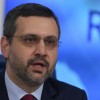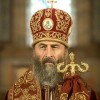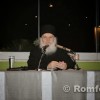Eight years ago, on 1 September 2004, terrorists struck in Beslan. The hostage taking at No 1 School is on the same level as events like the shootings at Butovo or the more recent destruction of the Twin Towers in New York on 11 September 2001. How is the tragedy remembered in Ossetia today? A Pravmir correspondent has been to the school in Beslan together with Fr Alexander Saltykov and a delegation from Russia.
On 1 September 2004 terrorists seized control of No 1 School in Beslan. 1128 children and adults were taken hostage. The school was stormed on 3 September and the hostages were freed. However, as a result 333 people died, including 186 children. Over 800 were injured and 1,000 people requested help. Every year a memorial service (panikhida) takes place in Beslan on 3 September, the day when the School was freed, but for Russia and the rest of the world the anniversary of the terrorist attack is 1 September.
Memory and Memorials
The tragedy ended, but life goes on. The parents and families of those who died still cannot agree on how to remember the victims. Some want to wipe from the face of the earth the Gym where the hostages were held, others want to keep it forever. Some want to build an Orthodox church, others do not.
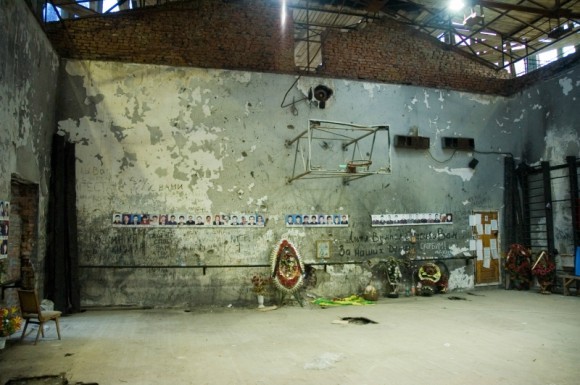
The Gym in No 1 School in Beslan where the hostages were held from 1-3 September 2004
One of the parents put up a Cross in the Gym where most of the hostages died, but another one took it down. They put it up again and it was taken down again. Now it has been put up again – for the third time.
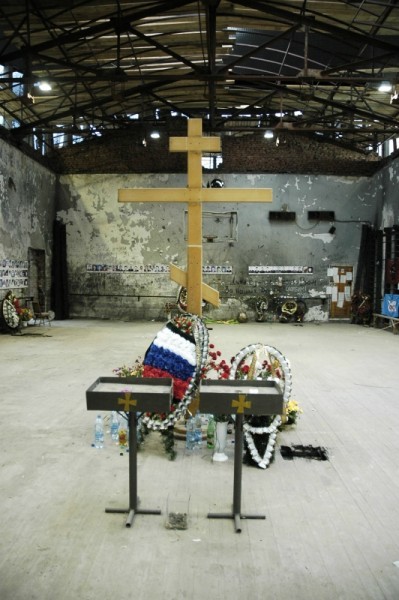
The Cross set up in the middle of the Gym. It was put up twice and taken down twice by the parents of the children killed by the terrorists. Dark bloodstains can be seen on the floor to this day.
The ‘City of Angels’ Memorial Cemetery in Beslan
The victims of the tragedy were buried in the town cemetery in Beslan. The part of the cemetery with the graves of the victims is so big that it is difficult to take it in.
The cemetery was called ‘The City of Angels’. The gravestones are made of red granite, some are double, some are quadruple– whole families are buried in them. Those tragic days saw some families lose five or six members.
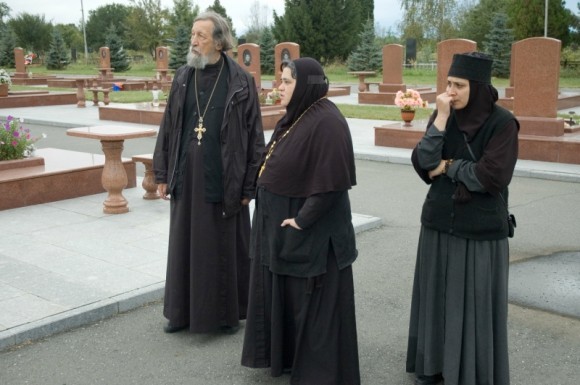
A Memorial was erected in the cemetery to the victims of Beslan. Called ‘The Tree of Sorrow’, it represents four mothers holding each other’s hands. The souls of the children who perished fly above them like birds. Body parts of children which could not be identified are buried beneath the Memorial.
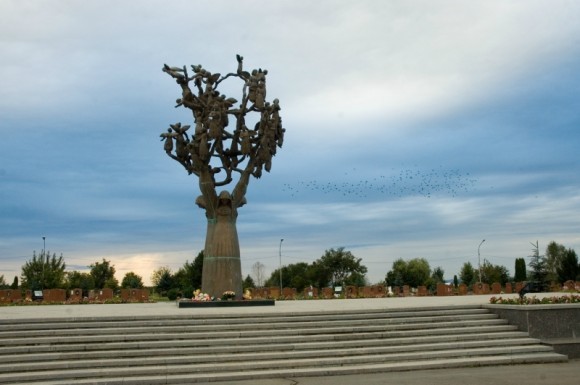
The Tree of Sorrow, the Memorial in the ‘City of Angels’ cemetery. Beneath it are buried unidentified body parts of the victims of the tragedy.
Another memorial stands at the entrance to the cemetery – it remembers the FSB Special Forces who died that day.
Around the school there is a drinking fountain, a great many children died here. When the school was stormed, children rushed towards it – they were thirsty…Many want to make this into a memorial too.
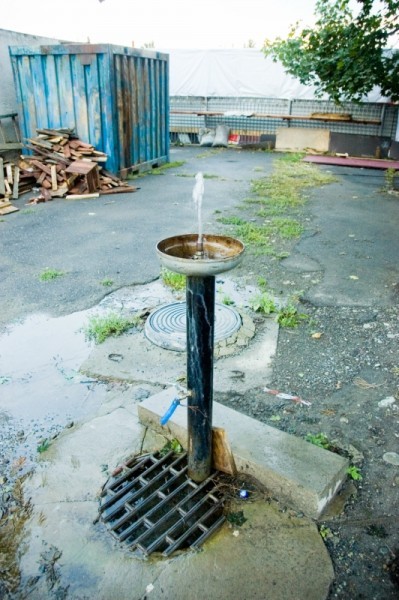
The fountain in the yard of No 1 School, a great many children died around it.
The children were given nothing to drink for three days and were dying of thirst. A traditional Armenian cross, made from earthenware, has been erected in the cemetery, next to it is a reproduction of the fountain, also made of earthenware, with the inscription ‘We beg you, give us water’. People bring floral tributes, water and toys to the cemetery and these memorials.
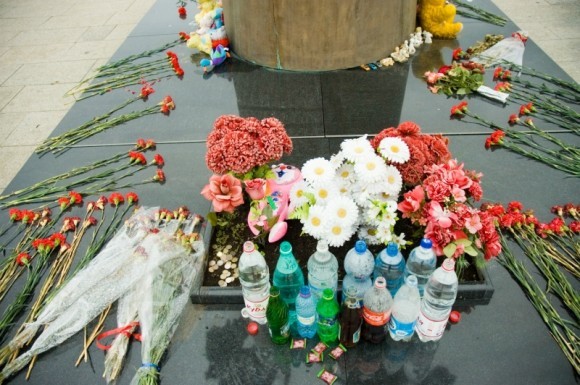
By the cemetery gates there are rows of porcelain angels – they are left by the relatives of the children who died.
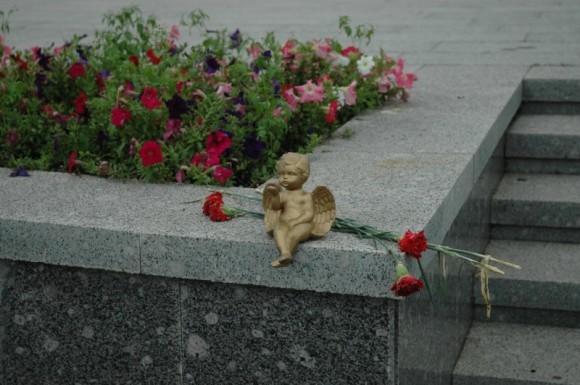
At the end of the summer term, those who were in the same class as the victims of the terrorists leave ribbons on their friends’ graves.
Archpriest Alexander Saltykov:
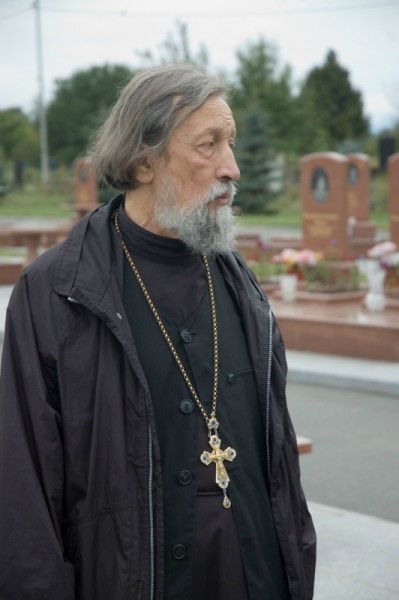
Archpriest Alexander Saltykov
– The cemetery makes a very profound impression – it covers a huge area, graves are set out all around it…
It seems to me that today they are trying to hush up the Beslan tragedy. But this must not be done. There are forces which probably imagine that those who keep the memory of the Beslan tragedy are hindering their plans.
Their memory must be kept, whatever the cost. This is our duty to the dead and a condition for our people’s survival in the future. First of all, because this is Christian, the Church teaches that all our alive with God. And if we forget them today, how will we look them in the eye, when we are all raised from the dead – us and those who died?
We must keep the memory of Beslan for another important reason. This tragedy is near to us, it give us an idea of what happened in our country relatively recently, during the persecutions of the Church in the twentieth century.
The shootings in Beslan are our Buchenwald, the Beslan Katyn, the Beslan Butovo. Every big town in Russia has just such a site, a shooting zone where the Communists carried out acts of bestiality. These sites have been hushed up to this day.
And if names like Katyn and Beslan are known to us, why are the names of hundreds of other sites, created during Stalin’s repressions of the Russian people, not known to us? The blood of the dead is crying out to God.
And the most important thing – I am certain that a church must be built at the school in Beslan so that every day prayers can be offered up for the rest of the souls of the people who perished there. Nearly ten years have already gone by since the tragedy and there still is not a church here, only the foundations have been laid and that was with great difficulty. We need society to help us, we need money, we need the help of the media, but most of all we need people to pray.
Archpriest Alexander Saltykov lays flowers at the Memorial
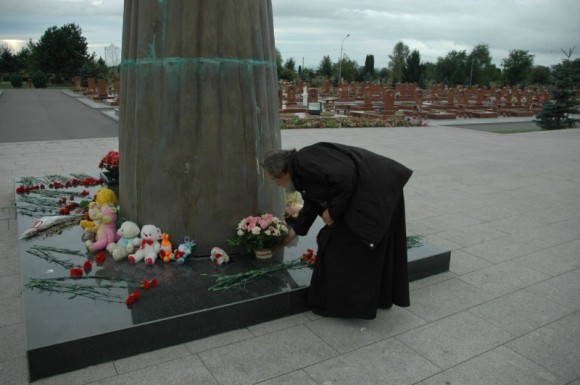
Over the years people have begun to have a more positive attitude towards God and the Church
The first days and even the first years saw people with differing attitudes to representatives of the Church. Many lost faith in God, they said they had questions to ask God – how could He allow such a tragedy to happen? They considered that He was to blame.
Priests explained that Christ is not guilty, that He suffered together with the children, that the cross is a symbol of suffering and that Christ was a hostage together with them. But what is obvious to the Christian is not at all obvious to parents who are submerged by grief. Now, with the passing of the years, the attitudes of many towards the Church and faith is changing.
‘Here are the wounds of your Christ’
All our strength is summoned up during tragedies. The school in Beslan is a witness to this for all time. Here children shared their very last possessions, they divided candy into four parts. And there were people who took candy from the children.
Miracles took place and feats of confession of the Christian faith were enacted. The children of the present Head of Northern Ossetia, Taymuraz Mamsurov, were among the hostages in Beslan. When the terrorists offered to free them, he said: ‘Either all of them or else none of them’. It is not possible to imagine what was going on in his father’s heart. They say that his son found a ring with the Slavonic inscription, ‘Most Holy Mother of God, save us!’ He did not understand what it was and thought it was written in Arabic. He said to one of the terrorists: ‘This is yours’. He looked at it and said’ ‘No, it’s yours, keep it’. The boy took the ring and walked out of the blazing school with it.
The church has not yet been built. The foundations have been laid, but building work is very difficult.

In the schoolyard, an artist’s impression of the future church.
A baptistry is being built – a lot of people want to get baptised in this precise spot. Before the tragedy children asked their parents to baptise them. Some did get baptised, some did not have time. One of the bereaved mothers cried and said that her child had been trying to persuade her for two years: ‘Mama, baptise me, baptise me’. She did not manage to do it in time.
People were killed just because they refused to take off their neck cross. We know of one case where a terrorist went up to a woman and said, ‘Take the cross off’. She was a believer and said, ‘No’. He shot her through the hands and then though the feet and said, ‘Here are the wounds of your Christ’. And the woman and her daughter survived, even though they were seriously wounded.
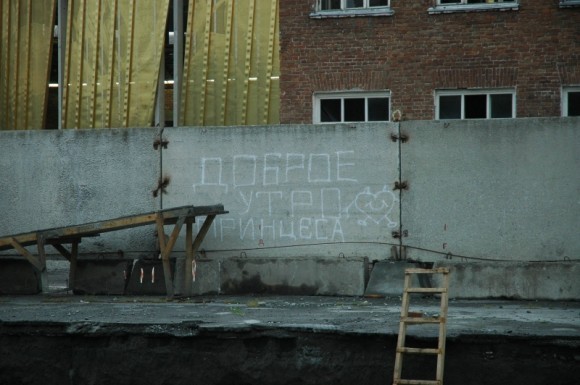
The wall around the school
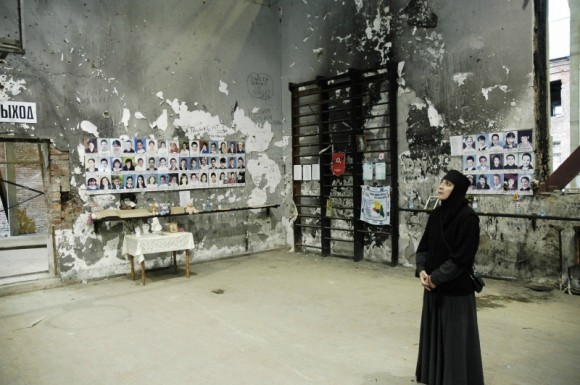
The Gym in No 1 School in Beslan where the hostages were held between 1 and 3 September 2004.
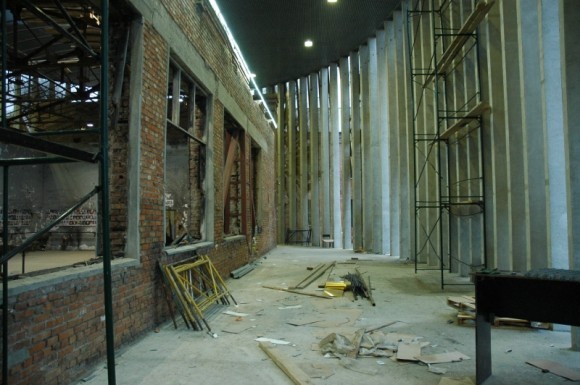
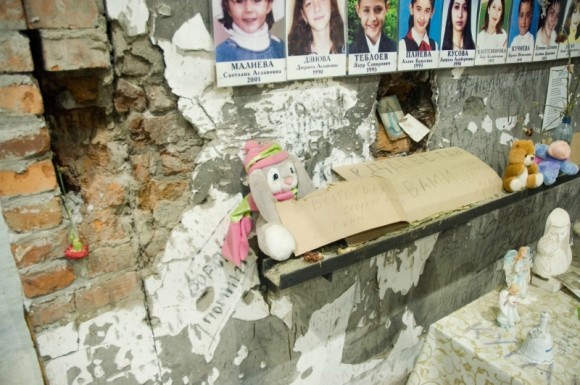
Photos of the children and inscriptions on the Gym walls. On the floor there are flowers, candy, toys, water, candles and sculptures of angels.
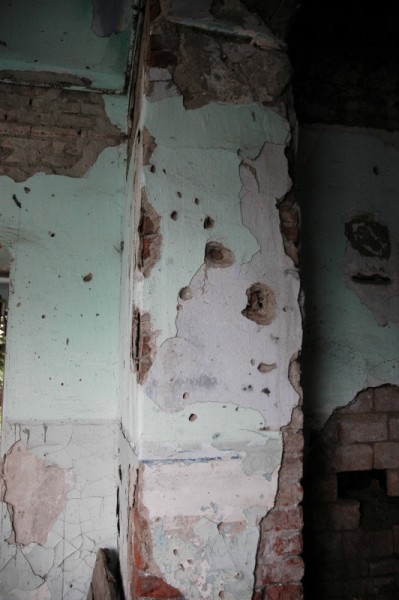
Every wall of every school building is riddled with bullet holes.
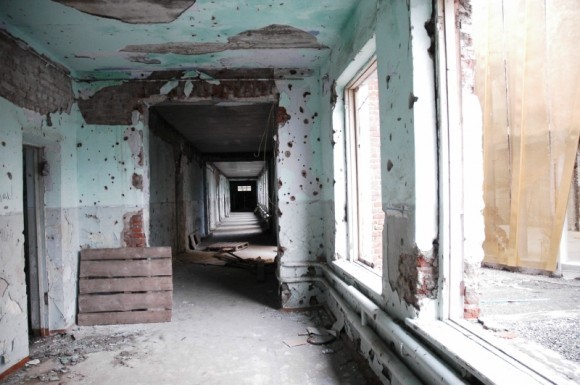
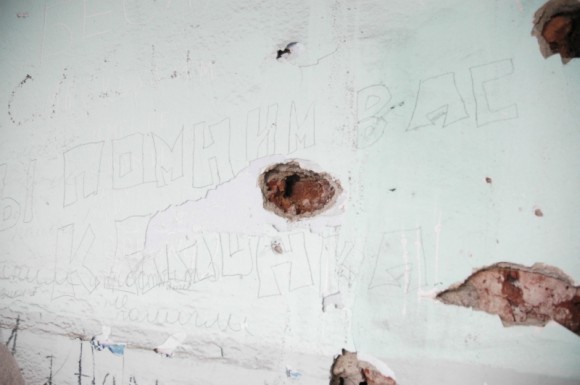
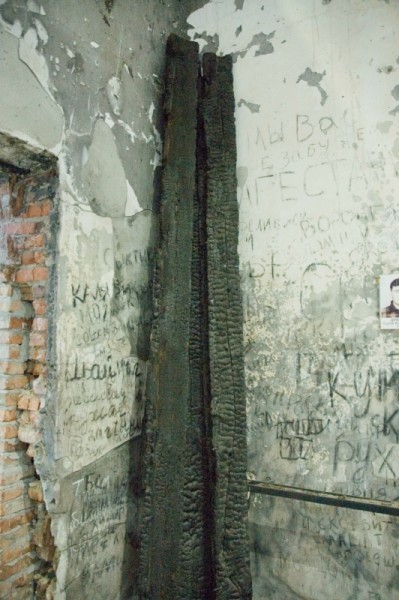
Beams burnt in the fire.
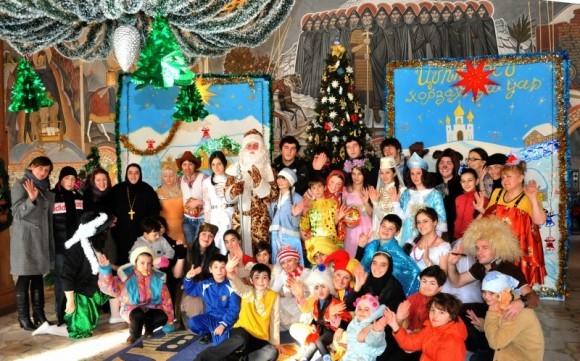
After the events a medical center was built just outside Beslan. It is the biggest in the Caucasus. A rehabilitation center for the victims of the tragedy was built in the Alansky Convent. Today children who survived it come there, together with their parents as well as those who fought in the last war between Georgia and Ossetia.
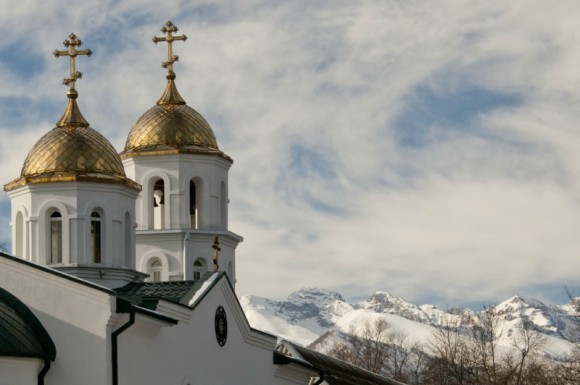
Alansky Theophany Convent.
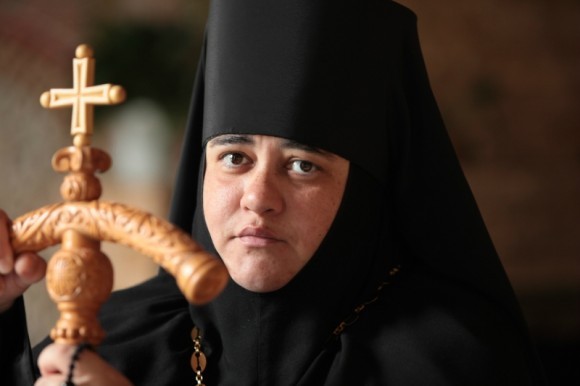
Abbess Nona (Bagayeva)
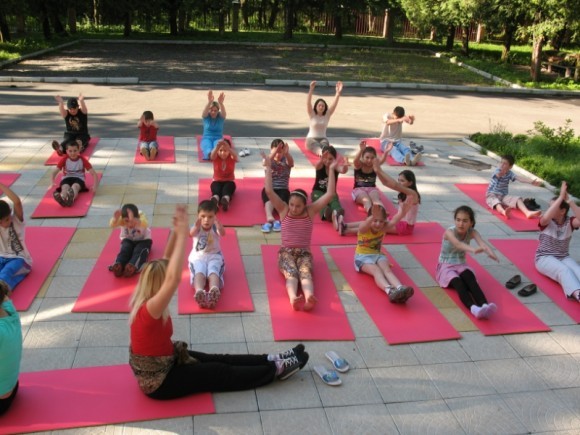
Exercises in the rehabilitation center for victims of the tragedy.
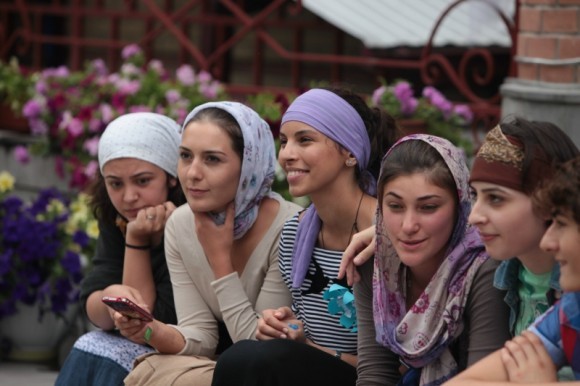
In the rehabilitation center.
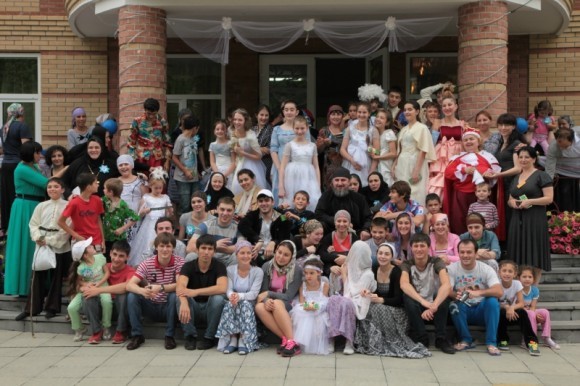
In the rehabilitation center.
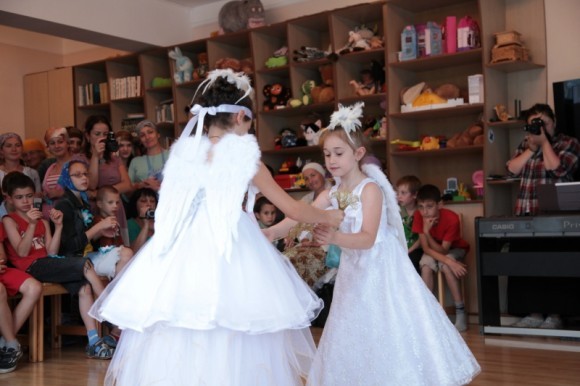
In the rehabilitation center.
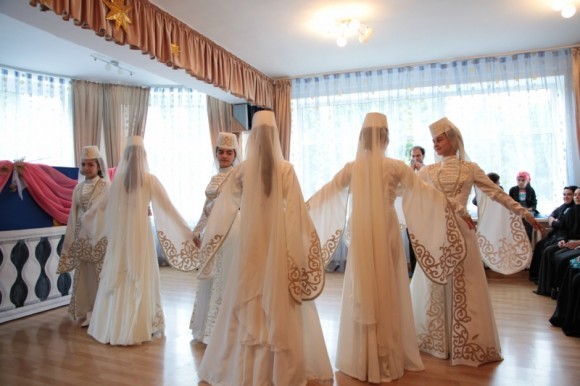
In the rehabilitation center.
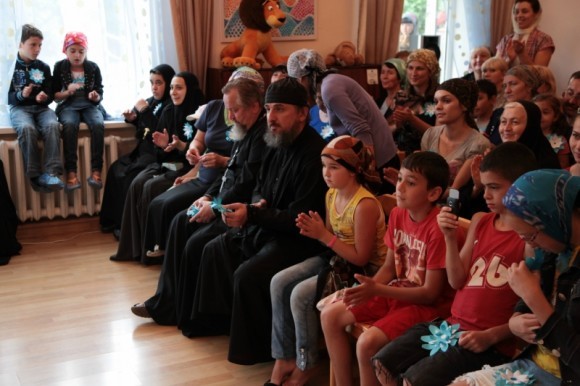
In the rehabilitation center.
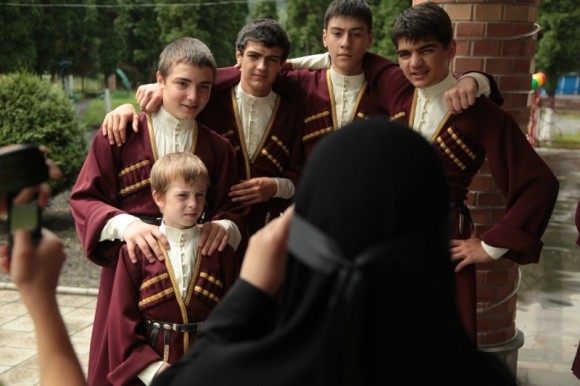
In the rehabilitation center.
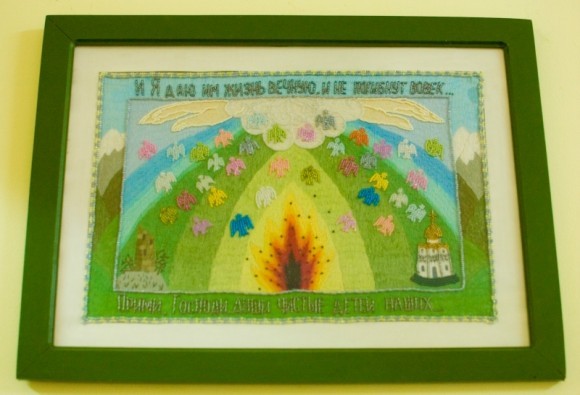
A picture embroidered by one of the Beslan mothers. It shows a church, a traditional Ossetian tower, an explosion and the souls of children rising up to the heavens. Above are the words, ‘I give eternal life and they shall never die’, below, ‘O Lord, take the pure souls of our children’.
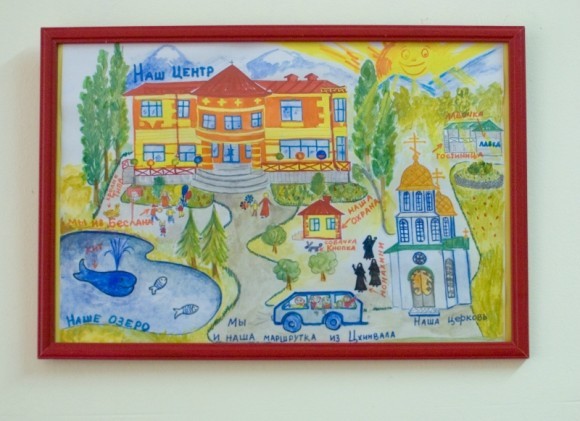
A drawing in the children’s center.

A procession in memory of those who perished.
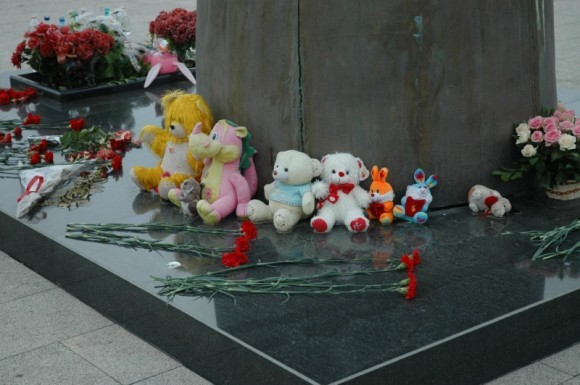
At the Memorial to those who died.
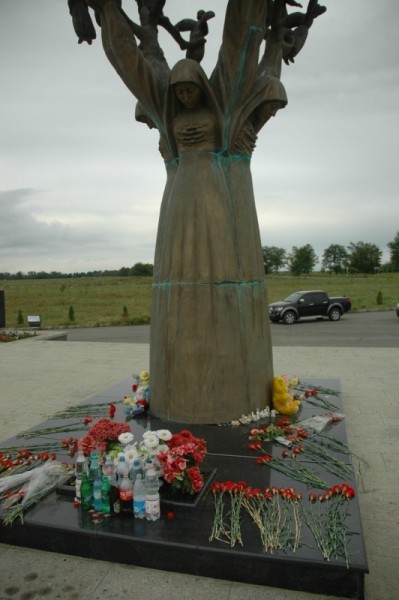
‘The Tree of Sorrow’
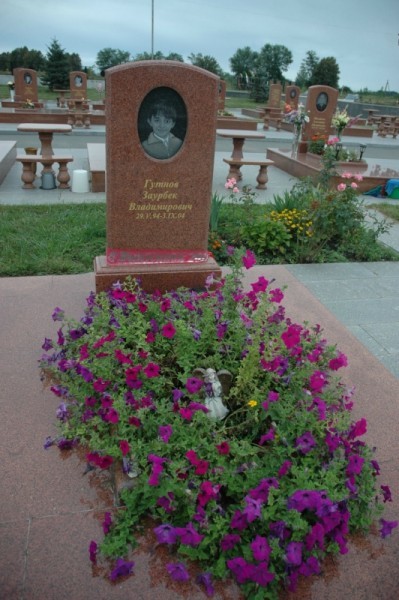
The Memorial cemetery ‘The City of Angels’. The graves with crosses are Christian, those without crosses are those of other confessions.
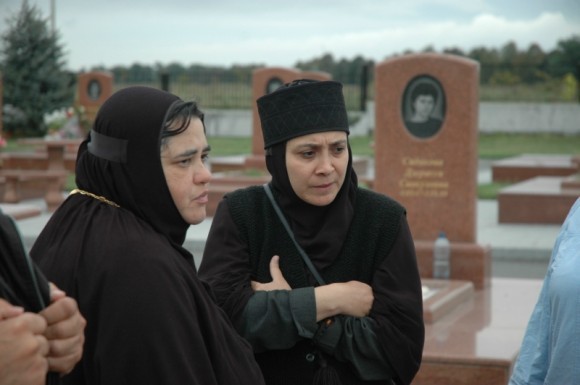
Nuns at the Memorial cemetery.
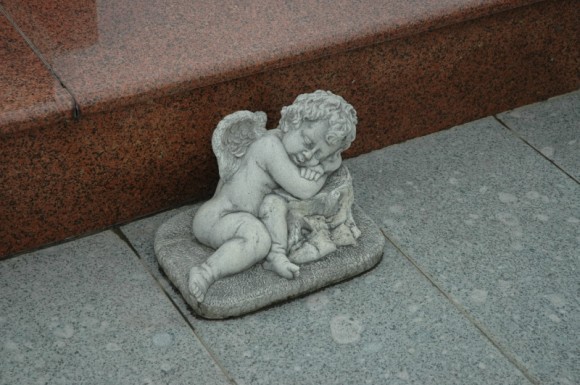
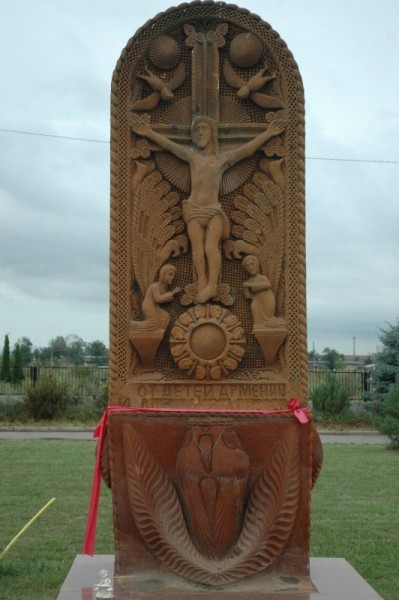
The Armenian Cross, made of earthenware, and the sculpture representing the fountain in the schoolyard where children died.
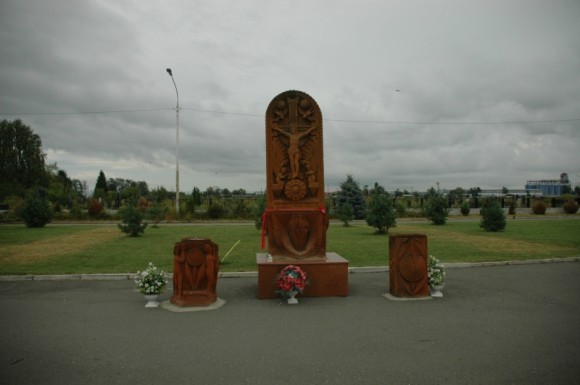
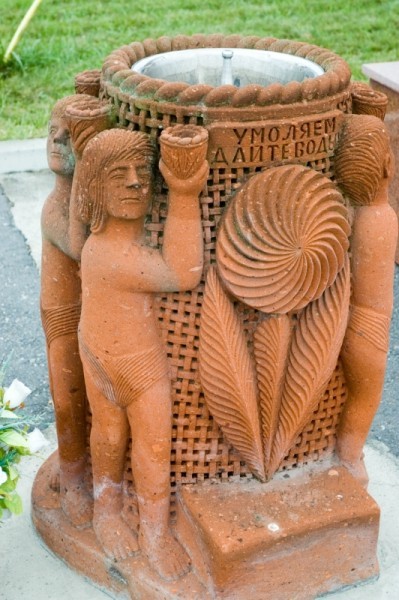
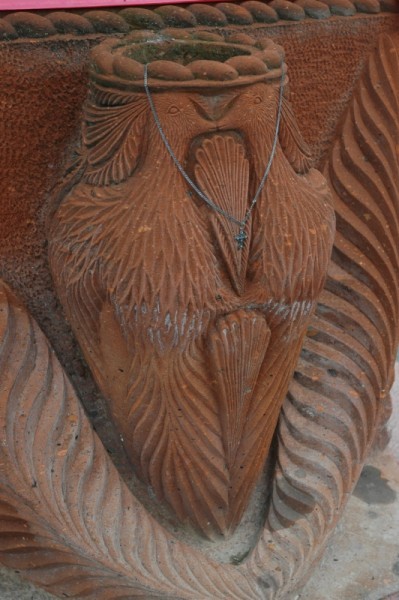
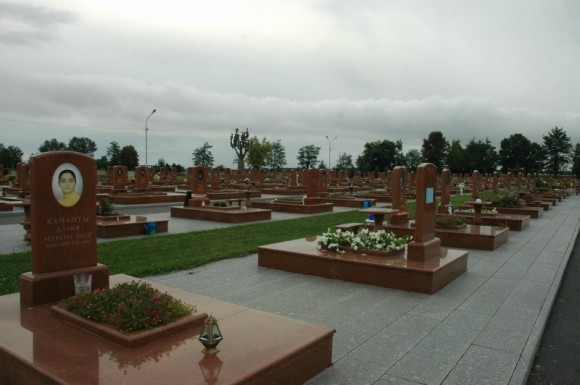
The cemetery is huge…
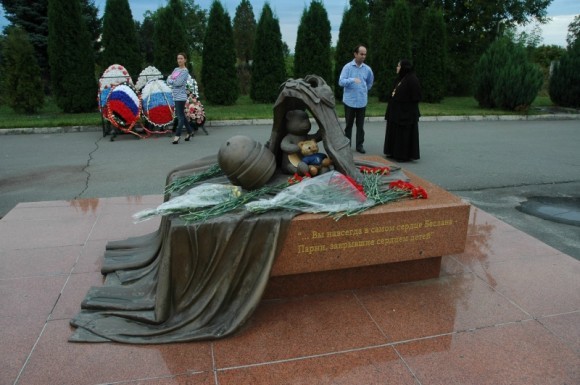
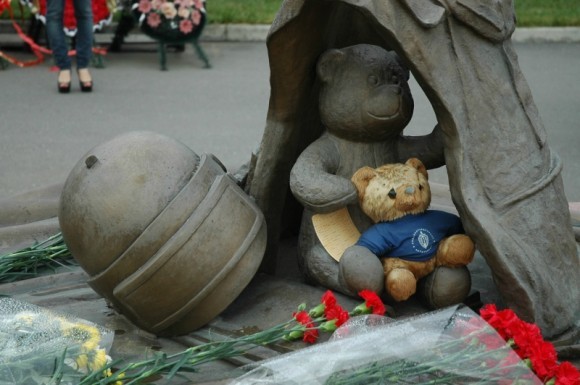
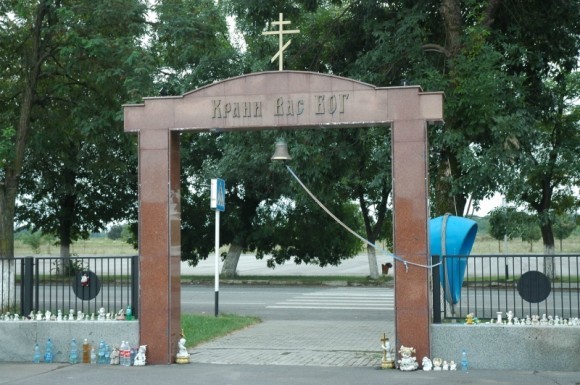
Text – Alexander Filippov
Photos provided by – Alexander Filippov, Alansky Convent archives, open sources
Translated from the Russian












